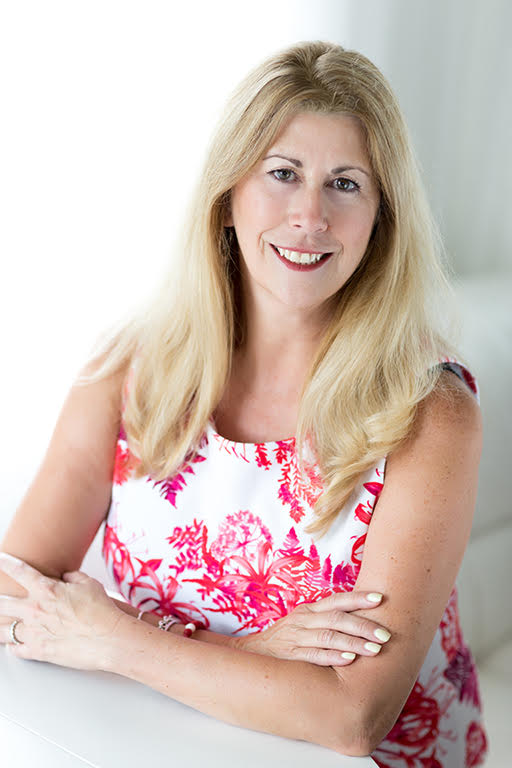Advertisement
Expanding Your Offerings by Embracing Non-QM

As we close out 2019, having had a surprise refi boom this summer, we are looking ahead to what is in store for origination in 2020.
 As part of these conversations, awareness is building of the need for additional products to address underserved borrowers with unique financial situations. These borrowers may be a good risk, but may not meet the classic agency profile.
As part of these conversations, awareness is building of the need for additional products to address underserved borrowers with unique financial situations. These borrowers may be a good risk, but may not meet the classic agency profile.In addition to a predicted flat rate environment for 2020, originators are looking at the possibility of the qualified mortgage (QM) patch going away. They need to be ready to attract new borrowers and address those who have been enabled by the patch.
A QM loan is assumed to have satisfied the CFPB’s requirement that loans be made with a reasonable belief the borrower has the ability to repay it. A QM loan must meet certain criteria established by the CFPB, such as debt-to-income ratio below 43 percent. The “QM patch” grants lenders QM protection for loans that do not meet all QM criteria, but which still satisfy the guidelines of agencies such as Fannie Mae and Freddie Mac. That exception expires in 2021, which may result in a decrease in mortgage availability through the GSEs, but provides an opportunity for private capital to enter the market to fill the gap.
There’s a lot to like about non-QM products
Anyone who has researched or attended a training session on non-QM would understand that the non-QM product set is an excellent way to serve all types of borrowers. Non-QM products give originators options to better meet the needs of small business owners, investors, and credit-challenged borrowers alike, while still mindful of the customer’s ability to repay.
The opportunity to serve these borrowers is vast. With the number of self-employed Americans on the rise, demand for non-QM products is only likely to increase. According to Statista.com, by 2027, 85 million Americans are projected to be freelancers, comprising 50.9 percent of the U.S. workforce. Many of these borrowers are shut out of the mortgage market simply because of how they earn their money.
It’s not only the self-employed who could be a non-QM loan customer. Real estate investors, high net worth individuals and borrowers who have had a recent credit event are all well-served by these programs. Originators might proactively seek out these candidates by working right within their communities, such as through the local chamber of commerce and small business associations.
 Everybody is testing the waters
Everybody is testing the waters
Today, the range of lenders embracing non-QM varies from those who test the waters by funding such loans sporadically, to those who have embraced and grown their originations and their bottom line. The growing expertise of lenders with non-QM products will enhance their recruitment and retention of high-performing originators, improving their overall profitability. Others, ignoring the non-QM opportunity, could be left struggling with slowing originations from refinances, a segment that might plateau.
But just how big is the non-QM opportunity? Market forecasts vary significantly, with estimates ranging from growth to $40 or $50 billion, to over $100 billion annually according to Forbes. Regardless of where the exact numbers fall, it presents a huge opportunity for originators. Last year Non-QM products represented just four percent of total originations, but as estimated by InsideMortgageFinance.com, the market is estimated to have more than doubled as new products have come to market throughout 2019.
Traditionally, these loans have been underwritten manually, which has created challenges for lenders in implementing the products. Without an automated process, many lenders choose the path of least resistance and focus solely on traditional mortgages or broker these products elsewhere. Lenders are becoming more open-minded about non-QM as technology begins to streamline the process.
The broker community, with fewer barriers to entry, already understands the power of the product. Tools and services like product and pricing engines and AUS engines are at their point of sale. Lenders who control compliance, underwriting, and closing processes can ensure the quality of these originations.
Education will drive demand
Education is the key to understanding how the non-QM offering can be the right one for borrowers. Much of lenders’ reluctance to offer this product derives from a lack of understanding of its attributes and the misconception that non-QM loans are too risky.
Too many originators think non-QM loan products are similar to the sub-prime loans that kick-started the financial crisis of 2008 and 2009. Back then, originators could offer a bevy of loan products with few, if any, underwriting standards.
When that environment imploded, ushering in a period of record foreclosures, new rules and regulations were put on the books. Included within those regulations is the “ability to repay” standard, which is a set of underwriting criteria defined in regulations with which all non-QM products must comply. Many non-QM product guidelines of today build additional protections, such as higher downpayment requirements, more fraud controls, and expanded appraisal requirements.
 The path of least resistance doesn’t pay
The path of least resistance doesn’t pay
In addition to the misconceptions, there is a general lack of understanding about how these products work. Many originators have been processing only QM loans for years, and this lack of knowledge leads them to use non-QM as a product limited to circumstances of agency fallout. These originators miss out on the borrowers who never thought they would qualify for a mortgage. Originators should not succumb to the belief that non-QM is too complicated and the borrower pool too small. Once originators understand how non-QM products work and realize how large the borrower pool to draw from really is, they clearly recognize the value in offering borrowers a product that better meets their needs.
The education shouldn’t stop with the originators. Consumers must know they have options, even if they are self-employed or earn their income in a non-traditional manner. They also need to know these loans are issued based on sound lending guidelines. Without the confidence of borrowers, and those they count on for financial advice such as CPAs, attorneys, and financial planners, these products will never take off in a profound way.
So, what will 2020 bring? We’ll likely experience greater familiarity with non-QM through education by investors and more exposure at major conferences. Technology will facilitate easier processes and greater transparency during the creation of a quality asset. Experts in the field will utilize these tools to build the right support models for originators nationally. That, in turn, will make these programs more top of mind and offer the right option for those borrowers who require them.
Lisa Schreiber, senior vice president of non-QM for NewRez LLC, is a proven leader and industry innovator with more than 25 years of success, experience, and dedication to the diverse field of lending. Along with her position at NewRez, Schreiber has held senior management positions with major financial services companies, such as Sprout, Home Point Financial, Ellie Mae, TMS Funding, NetMore America, American Brokers Conduit and Bank of America. She is recognized as a valued speaker within the mortgage industry, providing expertise through her writing and participation at industry events.
This article originally apeared in the December 2019 issue of National Mortgage Professional Magazine.
About the author





